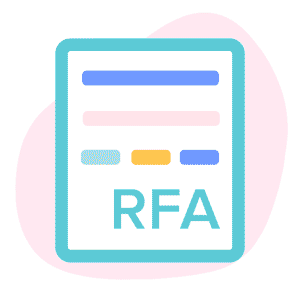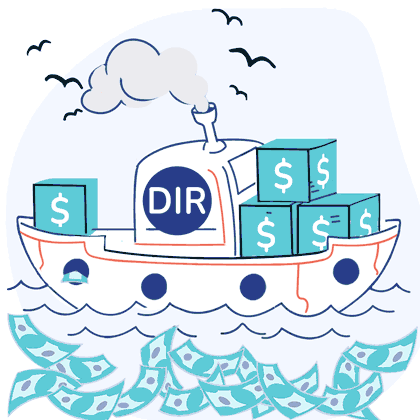5 Ways the RFA System Burdens Providers

In California, injured workers’ access to care depends directly on how physicians manage the state’s onerous authorization and Utilization Review (UR) requirements.
Before an injured worker can receive any non-emergency treatment, California requires the provider to obtain approval from the injured worker’s claims administrator for all treatment, medical supplies, diagnostic tests, and pharmaceuticals.
Throughout the course of treatment, a physician often submits many Requests for Authorization (RFAs) and receives many Utilization Review (UR) decisions from the claims administrator. Proper management of these RFAs and UR decisions is crucial to an injured worker’s access to the care necessary for a speedy return to work.
Unfortunately for injured workers and their employers, practice staff often struggle to manage endless RFA forms, claims administrator fax numbers, missing UR decisions, and administrative tasks required to obtain authorization. Often these administrative struggles can delay or prevent medically necessary treatment.
Below, see our roundup of the 5 most burdensome authorization challenges encountered by providers and their administrative staff — with a short video demonstrating how we use technology to help practices navigate each.
Without assistance from technology, each administrative burden listed below can significantly impede an injured worker’s return to work due to providers’ administrative staff struggles with the complexities of RFAs and UR decisions.
RFA Challenge 1: Submitting DWC Form RFA
Before treating an injured worker, the first administrative chore imposed on practices is to complete and submit DWC Form RFA, which specifies the treatment the provider deems medically necessary and appropriate, along with required documents justifying the requested treatments.
Completing and submitting this detailed form and documents can consume copious amounts of administrative staff time and effort — for which providers are not compensated.
RFA technology makes submitting RFAs far easier, significantly reducing the required time to just 30 seconds. Faster and easier RFAs mean better care for injured workers.
RFA Challenge 2: Identifying RFA Fax Number
Yes, California requires providers to submit RFAs and supporting documents via fax; it’s always 1983 in California workers comp assuming you’re a provider seeking permission to help an injured worker recover.
This fax requirement creates an obvious problem: hundreds of fax numbers that the provider’s administrative staff must somehow manage to submit RFAs on behalf of an injured worker. Choose the wrong number, and instead of a UR decision, the injured worker waits (and waits and waits) for treatment.
Maintaining a database of these RFA fax numbers is a job unto itself.
RFA Challenge 3: Documenting UR Decisions
When multiple requested treatments on multiple RFAs for multiple patients start piling up, it’s critical that provider administrative staff have technology to organize all the faxed UR documentation.
Failing to properly document UR decisions from a claims administrators can result in injured workers failing to receive timely, medically necessary care.
RFA Challenge 4: Managing UR Decisions
Once RFAs are faxed and UR decisions are received, the hard work commences: distributing and taking action according to the many UR decisions and documents that claims administrators return.
RFA Challenge 5: Missing UR Decisions
Unfortunately, California workers’ comp regulations are not evenly enforced, and claims administrators aren’t exactly afraid to miss the legally mandated deadline to respond to RFAs.
Lack of UR compliance means providers have to chase claims administrators down for a UR decision, requiring the practice to keep tabs on all RFAs submitted and the due date for a UR decision for each — and to have a procedure in place for when RFAs are ignored.
Authorization is just one of several examples of administrative toil that can significantly delay an injured worker’s access to care.
Solutions to the problems above aren’t free. This is why California’s Official Medical Fee Schedule (OMFS) sets reimbursement rates for treating injured workers at roughly 140% of Medicare rates and why it’s so absurd to expect providers to accept anything less.
Yet, providers are often paid well below OMFS or Medicare rates, for treating injured workers. Given the work and practice expense that goes into it, it’s no wonder providers think twice about workers’ comp and that so many simply say “no thanks.”
Authorization is the first hurdle in the workers’ comp obstacle course. Enjoy 30-second RFA submission and automatically tracked UR decisions with daisyAuth — request a demo below!
REQUEST DEMO
DaisyBill provides content as an insightful service to its readers and clients. It does not offer legal advice and cannot guarantee the accuracy or suitability of its content for a particular purpose.



.gif)

